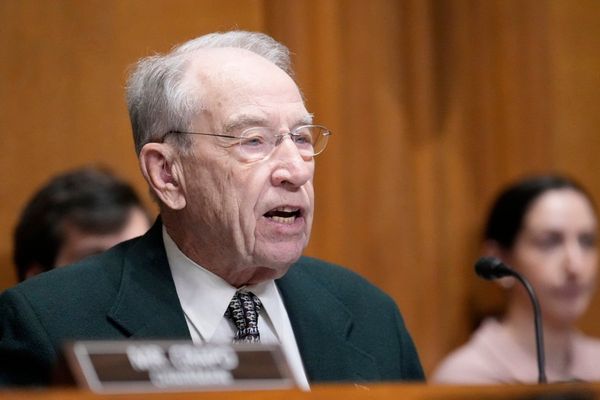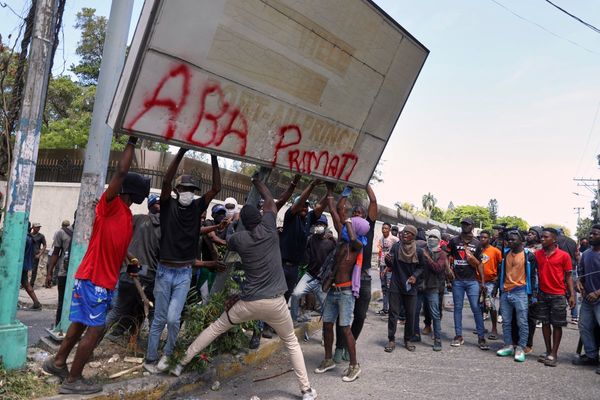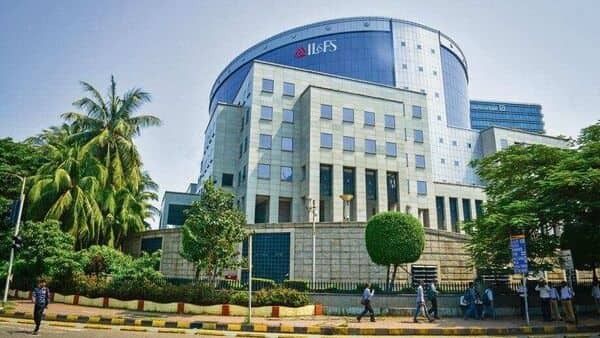
Uday Kotak has decided to call time on one of his pro bono efforts. He is stepping down as chairman of the debt-ridden and beleaguered IL&FS Ltd, having recovered part of the money owed to creditors and expressed satisfaction at the extent of recoveries made so far.
Kotak’s day job as the managing director and CEO of Kotak Mahindra Bank is a serious responsibility, and his primary charge may be demanding his special ministrations, given the emerging headwinds to economic growth and resurgent inflationary pressures.
Kotak perhaps has three reasons to look back at his tenure as the government-appointed chairman at IL&FS with some degree of pride. This may have given him fresh impetus to move on; job done and on to the next challenge. His tenure also holds out broad lessons for the insolvency and bankruptcy process in the country.
The first reason for Kotak’s satisfaction could be the government-appointed board’s ability to get a sense of the sprawling accounting and financial mess that lay strewn across about 350 companies, subsidiaries, associate firms, special purpose vehicles and other bodies corporate. The accounts were a mess and it required taking a specialized broom to separate the dross from the useful, given the prolonged deception afforded by the fee-hungry rating agencies and audit firms. This was necessary to get a sense of the liabilities, the long queue of creditors, the nature of the assets and a working list of which assets could be liquidated to pay off lenders. Plus, there was the politically sensitive hot-button issue of how to handle different categories of creditors, not to mention having to submit reports to multiple regulators.
Once the corporate topography was in hand, it made the next step easier, enabling the board to seek resolution of ₹55,000 crore against over ₹99,000 crore outstanding. The board’s earlier estimate of resolution-worthy assets was ₹61,000 crore and it expects the balance ₹6,000 crore to come in during FY23.
While the extent of resolution is admirable, given that the ratio is much lower in the insolvency and bankruptcy courts, Mr Kotak has picked up an interesting learning: the expansive mess at IL&FS across different layers and legal entities made resolution that much more difficult. Hence, his contention that the IBC process must always have a group approach; even if banks drag only one company to the bankruptcy courts, the process must always be group-based. Money is fungible and flows from one level to another. Corporate walls are known to be porous and money borrowed in one company is not necessarily spent in the same company always.
Mr Kotak has a point. In group after corporate group, especially family-run businesses, it can be empirically shown that money leaks across group companies. Pursuing just the bankrupt company often lets off the defaulting promoters scot-free with the money squirrelled away somewhere else, leaving the IBC process and the legitimate creditors with very little scope for recovery. This affects the system’s credit health and impairs the economy’s ability to grow. The IL&FS board’s ability to take a wide-angle view of the corporate crisis perhaps explains its ability to manage a 61% recovery rate, compared with the low 31% average recovery rate in the IBC process.
His observation about many lenders having advanced loans to IL&FS without understanding the asset or its ability to generate cash flows is worth considering. Many private banks, lured by an extra percentage point and driven by incentives based on credit targets, have rushed in to support structured products without basic understanding of the underlying risks, their eagerness stimulated by phony credit ratings or oven-baked audit reports. Kotak is sure to take this lesson back to his bank, especially to his credit team which has endured its fair share of past embarrassments over structured products based on Swiss franc and Japanese yen.
Kotak might also be relieved that his term at IL&FS has come to an end. The process of resolving under-performing infrastructure assets is a nightmare in India, given the number of actors involved, including the states and public sector companies in which governance has never been a high priority. In addition, subversion of the legal process by mendacious borrowers plays havoc with timelines. It is quite likely that Kotak will impress upon his board and his bank’s senior team to give infrastructure projects, especially those initiated by either state utilities or central government agencies, a wide berth. This will be unfortunate because the credit deficit seems highest in the infrastructure sector.










